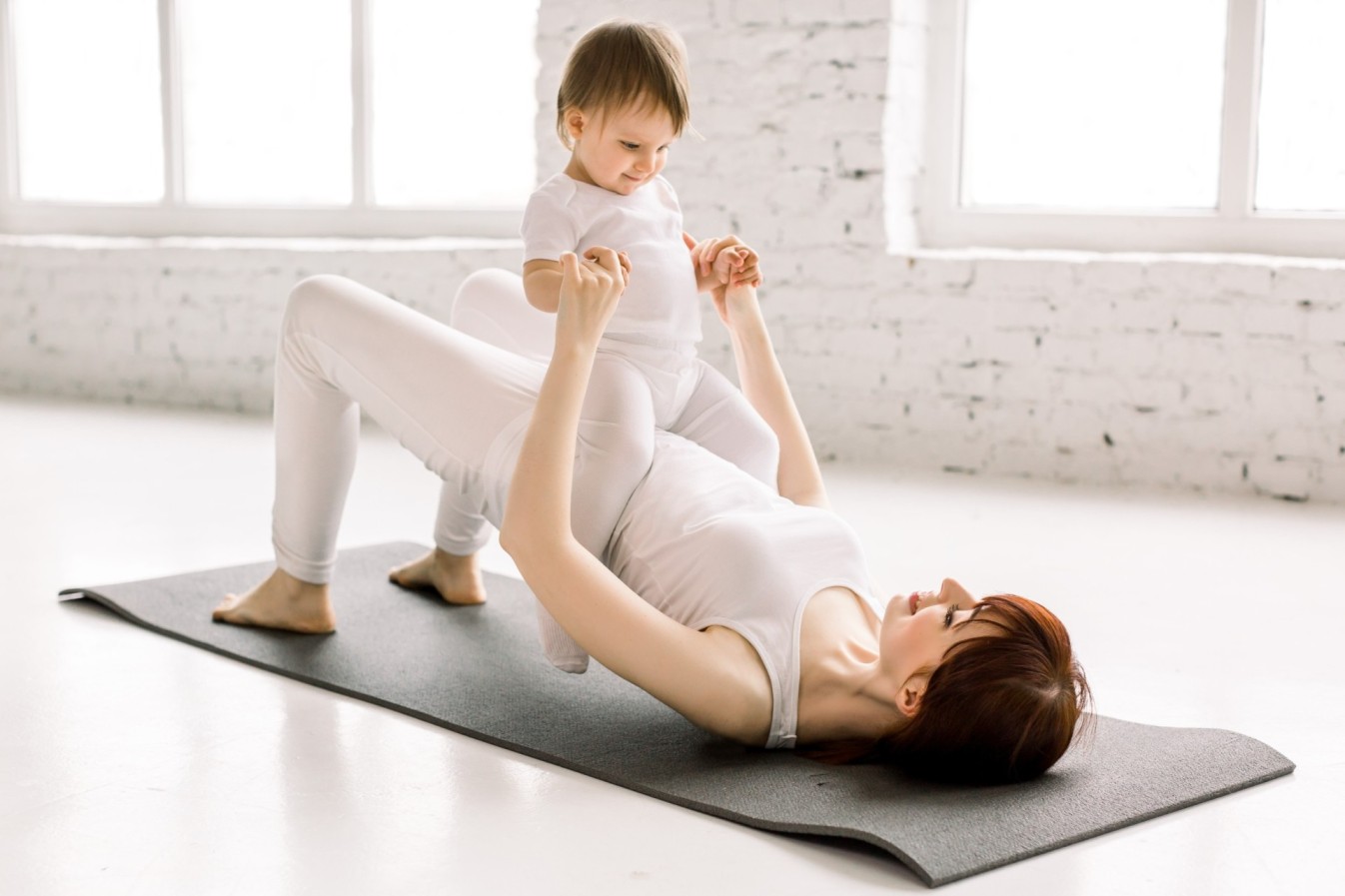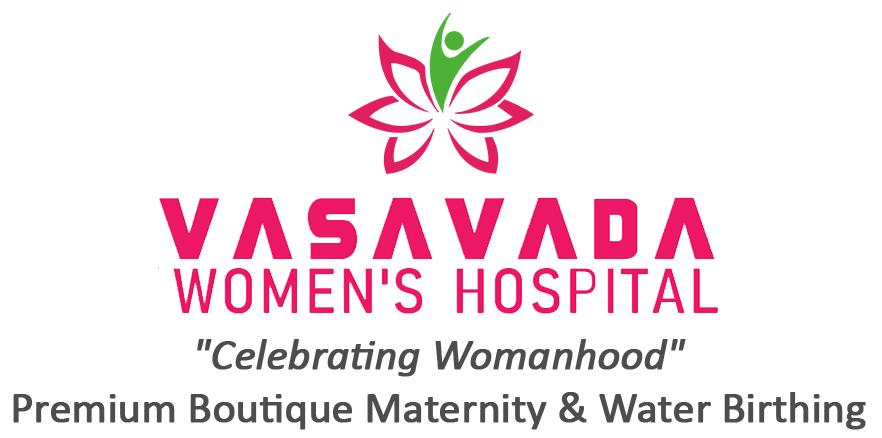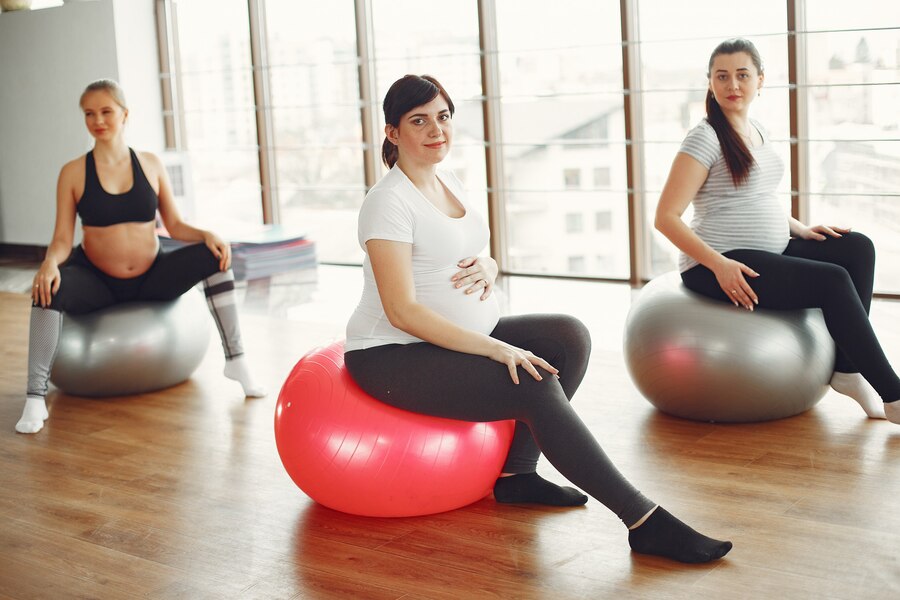Physiotherapy and Antenatal (ANC) Classes
Pregnancy Classes
To prepare expectant mothers for childbirth by building physical strength, managing pregnancy discomforts, and equipping them with techniques for a smoother labor and delivery.
Learn More

Post-Delivery (Postnatal) Classes
To aid in the recovery of the body after childbirth, addressing changes that occurred during pregnancy and delivery, and to support the transition into motherhood.
Learn More

Pelvic Floor Rehab
To restore and strengthen the pelvic floor muscles, essential for supporting the bladder, bowel, and uterus, and improving overall core stability. Pelvic floor rehab can be beneficial for anyone with weakened pelvic muscles, often after pregnancy or due to aging.
Learn More.jpg)



)





.jpg)
.jpg)
